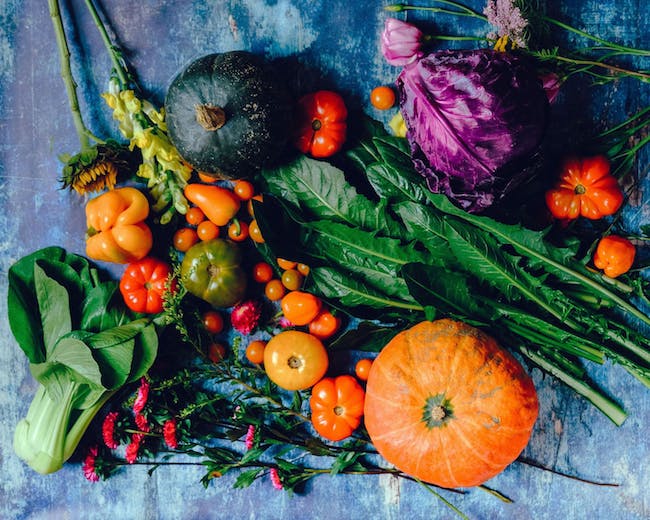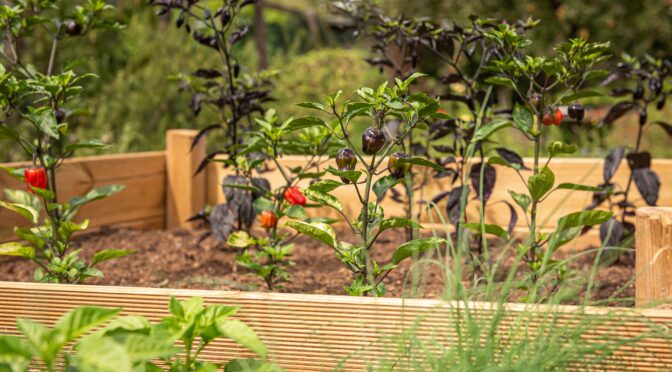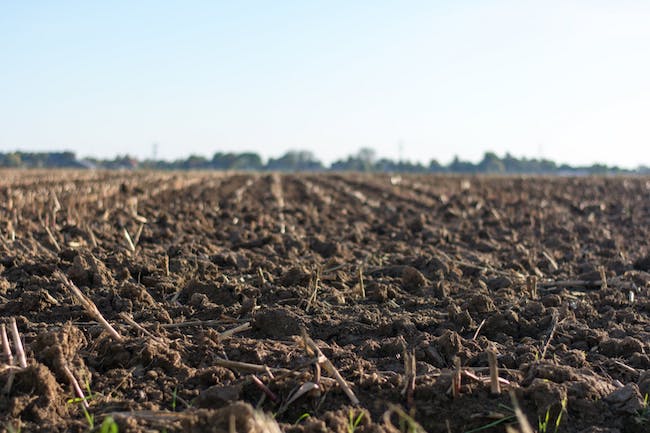
As a gardener, you’ve probably considered where your food comes from. You know that most fresh tomatoes and cucumbers aren’t coming from local farms here in Appalachia in January and February. But have you ever considered trying to eat local throughout the year? Eating local has a host of benefits. It helps the environment decreasing the amount of energy used for transportation and refrigeration of good as well as benefiting local economies. Purchasing local can also help you save money and eat healthier. Local food typically doesn’t have a lot of processed ingredients and the produce is more nutrient-rich because it’s fresher than its grocery store counter-parts.
Animal, Vegetable, Miracle and other stories.
Barbara Kingsolver wrote and inspiring book about her family’s experience eating local for a year right here in Virginia called Animal, Vegetable, Miracle. During the year they got as much of their food as possible from their local community. They made exceptions for staples like flour, olive oil, and spices that they couldn’t find locally and tried to source these as ethically as possible.
To source their food they relied heavily on their 4000 square foot garden as well as fruit and nut trees and bushes they’d been adding to their property for several years like blueberries, hazelnuts, and peaches. They also foraged for a few goodies like morel mushrooms and had eggs and meat from their chickens and turkeys. They also purchased food from local farmers both directly and at the local farmers market. They bought some produce they didn’t grow as well as meat and honey.
Coming Home to Eat by Gary Paul Nabhan is another great look at eating local for a year. He sources his food from within 250 miles of his home in Arizona. Kristin Kimball’s memoir, The Dirty Life is also a great look at what it takes to produce food for a community.
Could you eat local for a year?
Kingsolver said that, “we hoped to establish that a normal-ish American family could be content on the fruits of our local foodshed.” While they may not have sourced all of their food locally they certainly made a big change and an achievable one. One that other families could make too. A large garden and fruit trees are an obvious bonus but one could get started with container plantings or a community garden plot.
Additionally, you can seek other local sources like the Kingsolvers. Visit farmers markets, purchase a CSA share, or take a wild food walk to get started with foraging.
Living off the land.
While everyone can grow at least some of their own food (apartment dwellers with window boxes of herbs count!), what should you do if you want to live off local food? Here are some things to consider when planning your garden and sourcing food.
- What does your family eat a lot of? Most families have limited space and time. If you only eat green beans a few times a year you may not want to grow a ton of them just because they’re easy to grow.
- Check out what is readily available locally. If you’ve got a good source for local, organic sweet corn you may want to the space you could use for corn to plant more tomatoes instead.
- Think about how long you intend to stay in your current space. If you’re renting you may not want to plant apple trees but strawberries will bare much sooner.
- Use succession planting and a planting calendar to make the most of the space and time you have.
- Start learning to preserve food while it’s in season. Pick up old skills like drying, fermenting, and cellaring. Grow storage crops.
- Buy seasonal food in bulk from local farmers or visit PYO farms and preserve it yourself.
- Learn to grow rice or other grains.


